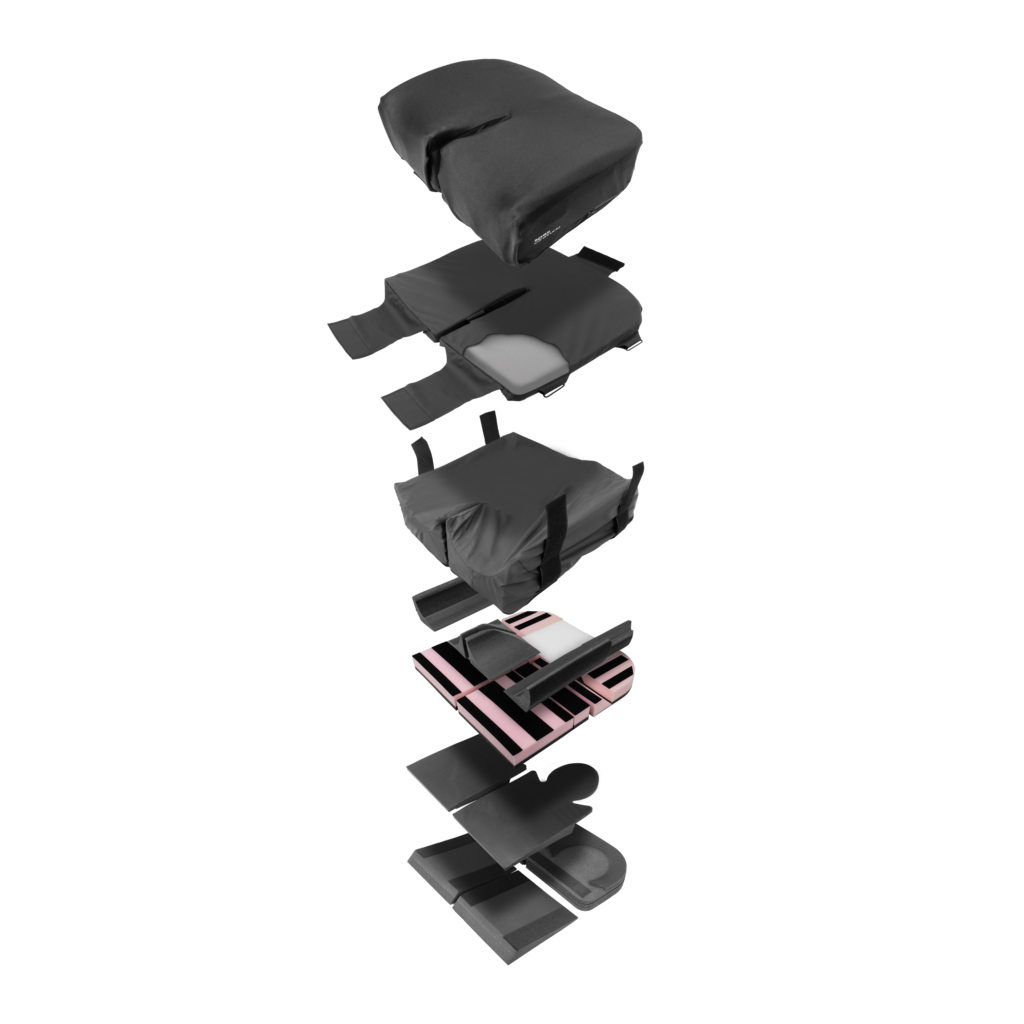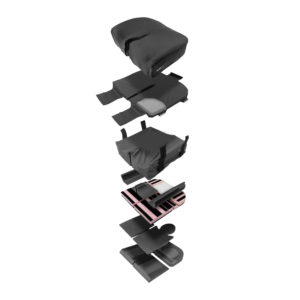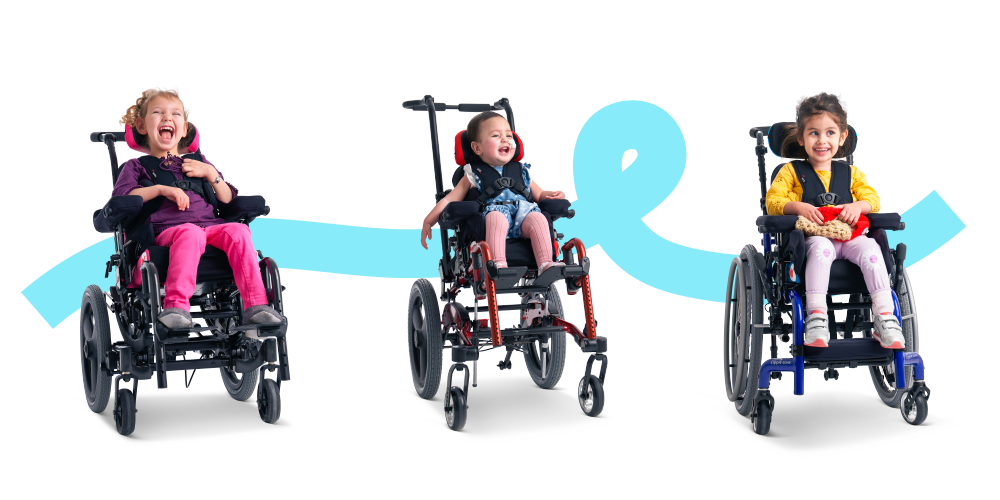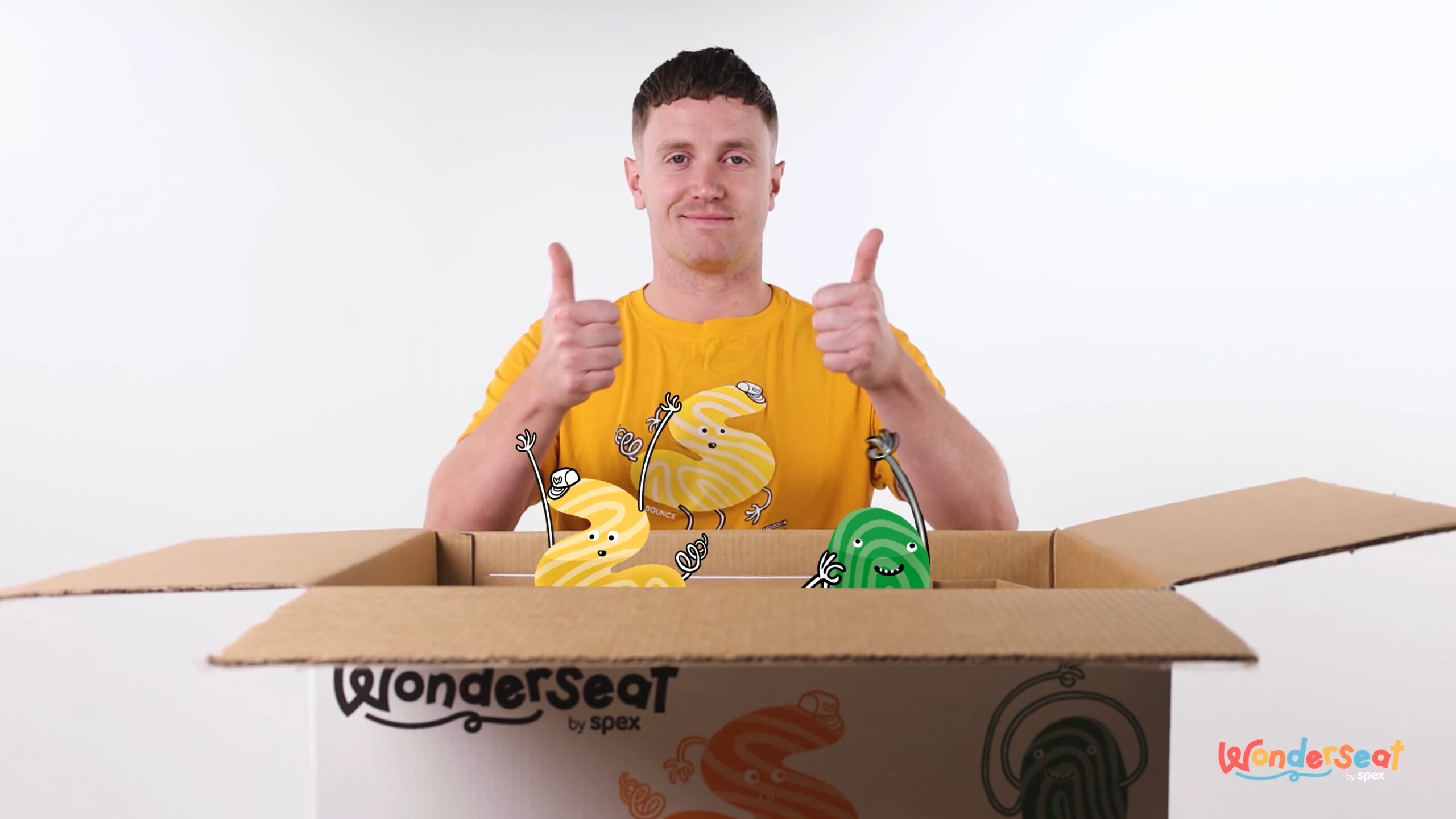On-time postural support in sitting is a crucial aspect of any early intervention strategy for children with physical impairment and disability. Planning for this should be commenced as soon as it has been established a child is unlikely to develop independent sitting skills or be delayed in achieving these skills. This means that by the time a child would typically be sitting independently, they have access to the appropriate support to help them achieve a comfortable sitting position. This support is key in providing opportunity for development of cognitive, language, fine motor and other important skills which are linked with future levels of function, activity, and participation.
In addition to the development of these skills, research tells us that to protect body shape and promote health outcomes, on time postural support in sitting is also vital for avoiding the development of postural asymmetries. Established changes in body shape that impact on a child’s comfort, health and function are understood to be a natural biomechanical progression of these asymmetries. Furthermore, hip protection guidelines warn of the danger that sub optimal hip positioning at an early age can have on long term hip health, having significant consequences for the child and their caregivers in the future.
Introducing the latest innovation from Spex, Wonderseat, aiming to combat these challenges by providing a scriptable, packaged seating solution for small children which keeps things fun and adds character!
Despite the known benefits of providing children with this crucial support at the right time, there are often challenges associated with prescribing the seating for a child’s first wheelchair. Three of these challenges are:
- Aesthetics and perception by the child and family
- Small size of wheelchair base & configuration of necessary options
- Length of time from trial to delivery
Overcoming Challenge #1: Aesthetics and perception by the child and family
The prescription of a child’s first wheelchair and seating system is often a time of mixed emotion for them and their caregivers. The excitement for their first set of wheels can be combined with feelings of anxiety and apprehension about the future. The new Wonderseat has been designed with one main mission: ‘supporting wonderful’. In this delicate time, it is often not just how a piece of equipment works, but how it looks and feels that can have big implications on its perception by both the child and their care givers. All children are unique and wonderful no matter who they are, Wonderseat provides the support, comfort, and freedom for them to be whoever they want to be.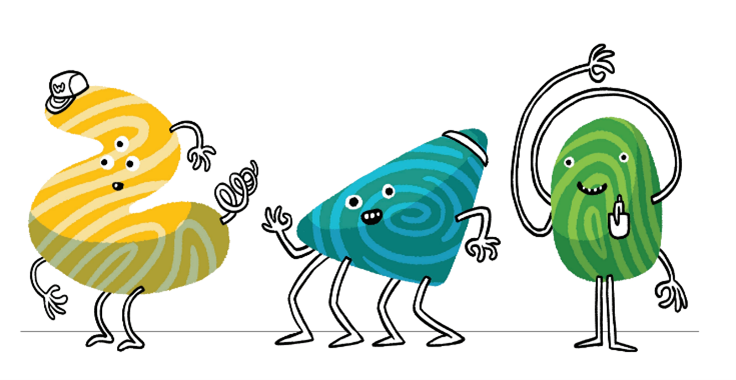
Wonderseat is brought to life by the ‘wonder prints’; unique, playful, and colourful characters who are there to support children on the journey of their first wheelchair. With Wonderseat, children not only choose 1 of x colours to customise their seating, but they also get a range of badges to make their Wonderseat exactly how they want it. Each seat is provided with stickers, colouring books, activities and more which are designed to work on children’s skills.
Intricate details throughout Wonderseat’s packaging ensure that fun and play are deeply imbedded within its DNA. One example of this is a solution as to where all those ‘bits’ go once a chair is delivered, making sure everything has its place for when it’s needed in 1 week, 1 month or 1 year from delivery. Even the box itself is full of colour, characters, and fun, with the option of being able to be used as an interactive toy, encouraging play and reach.
Overcoming challenge #2: Small size of wheelchair base & configuration of necessary options
Traditional paediatric wheelchair seating is supplied as a range of standalone components, rather than a complete seating unit. This often requires an AT prescriber to consider different accessories from different product ranges to find an outcome that works for the child. In addition, equipment suppliers then must battle with small wheelchair frames and products not designed to configure together to make the whole thing work. The concept of a complete seating unit brings benefits when configuring and installing Wonderseat to a wheelchair, with all components designed to work in harmony with one another. This pre-assembled system and clever design also bring a solution to the problem of limited adjustment on such small seating systems. This means that not an inch is wasted on Wonderseat, maximising adjustments and growth for the child to stay well supported as they get older.
Overcoming challenge #3: Length of time from trial to delivery
The length of time it takes from the trial process to a child receiving their first wheelchair can sometimes be longer than expected. Any delay, regardless of the cause, puts the child and their family in a position where they do not have the support’s they need in life. Naturally, a goal of reducing this time is high up on everyone’s agenda during the process of scripting and supply. Wonderseat aims to reduce any delay relating to either complicated scripting, shipping, assembly, or delivery of a child’s seating system. As Wonderseat is packaged and supplied as a complete unit, the script form design can be as simple and efficient as possible, thus reducing time for scripting and quoting *. The pre-assembled Wonderseat is delivered in a medium sized Spex box, reducing delays that can result from assembly and installation. One other key benefit of everything arriving in one neat package is streamlined ordering and delivery processes, meaning a wheelchair supplier is only waiting for one box to arrive, rather than 10!
*Wonderseat can be fully scripted should this be required to meet the needs of the child. For this a separate script form is available.
